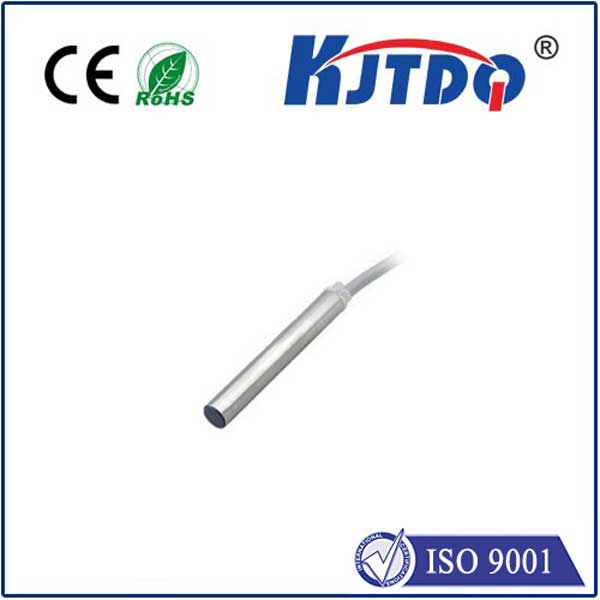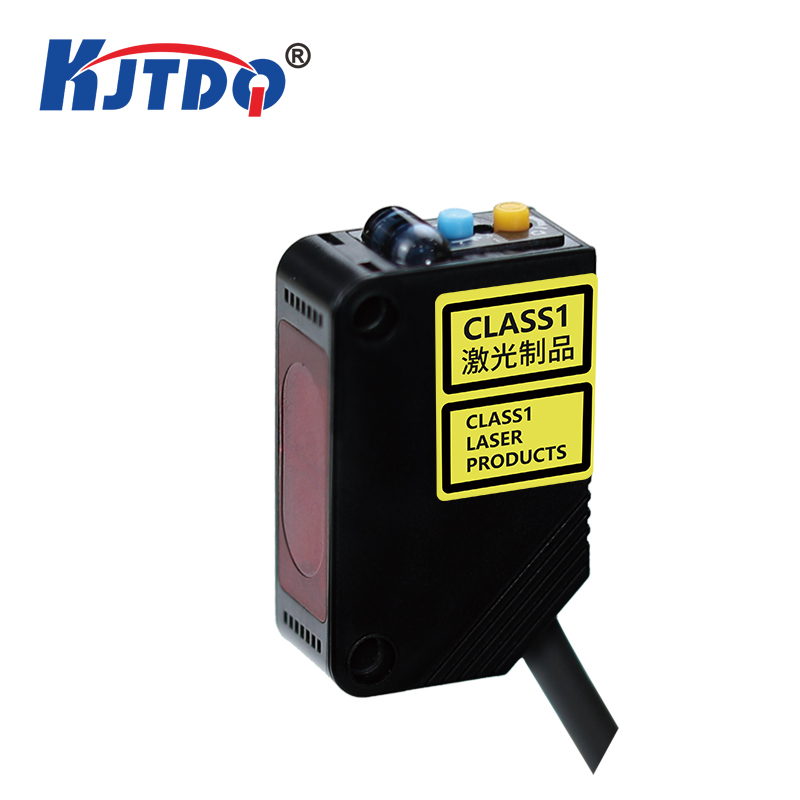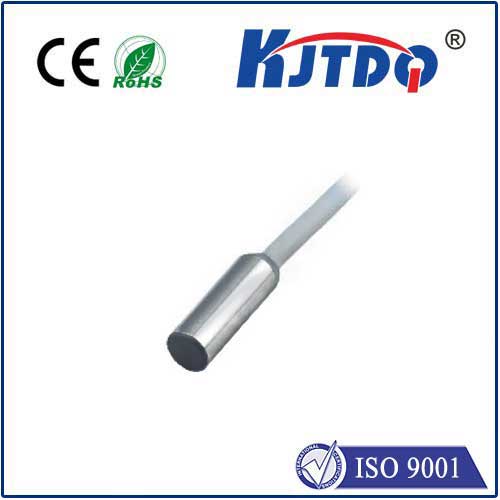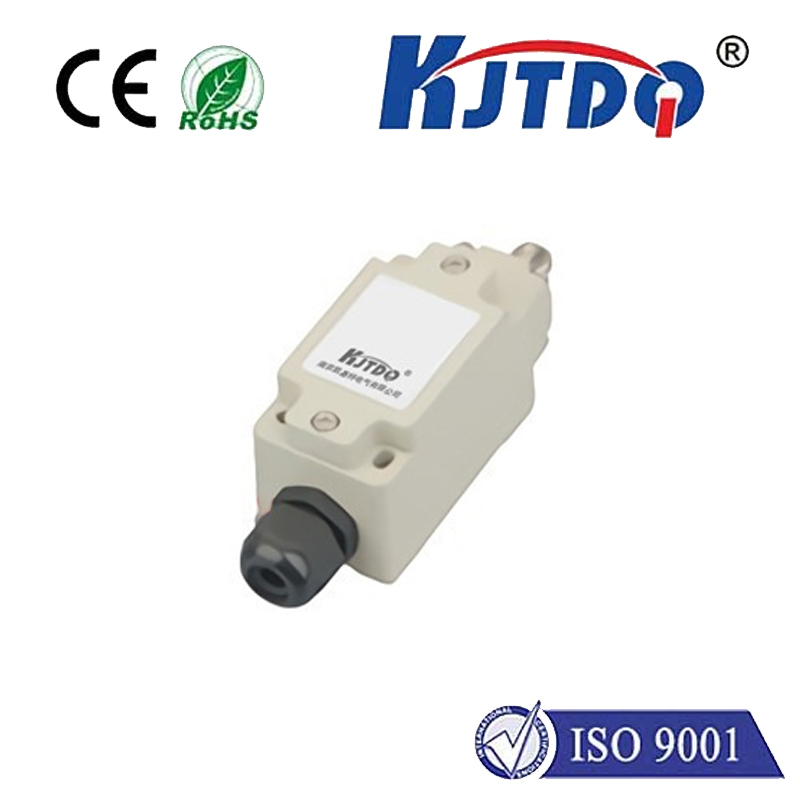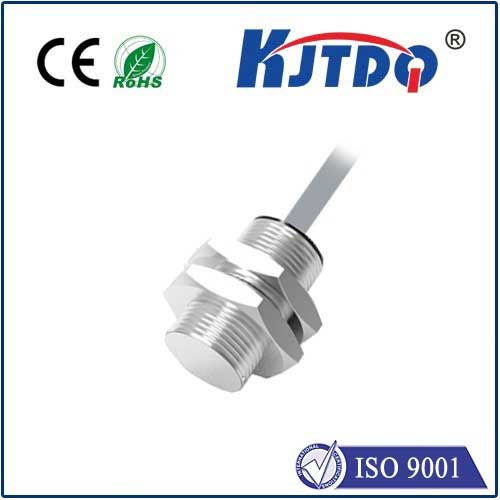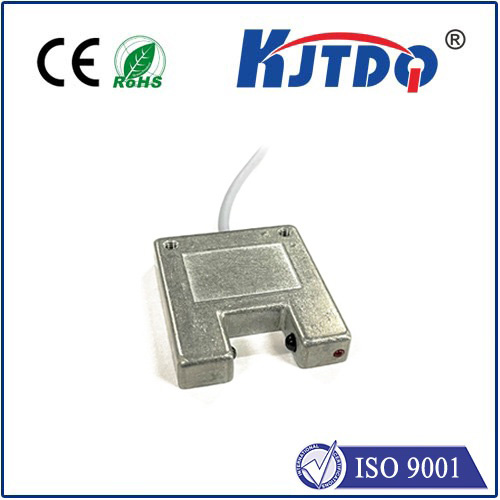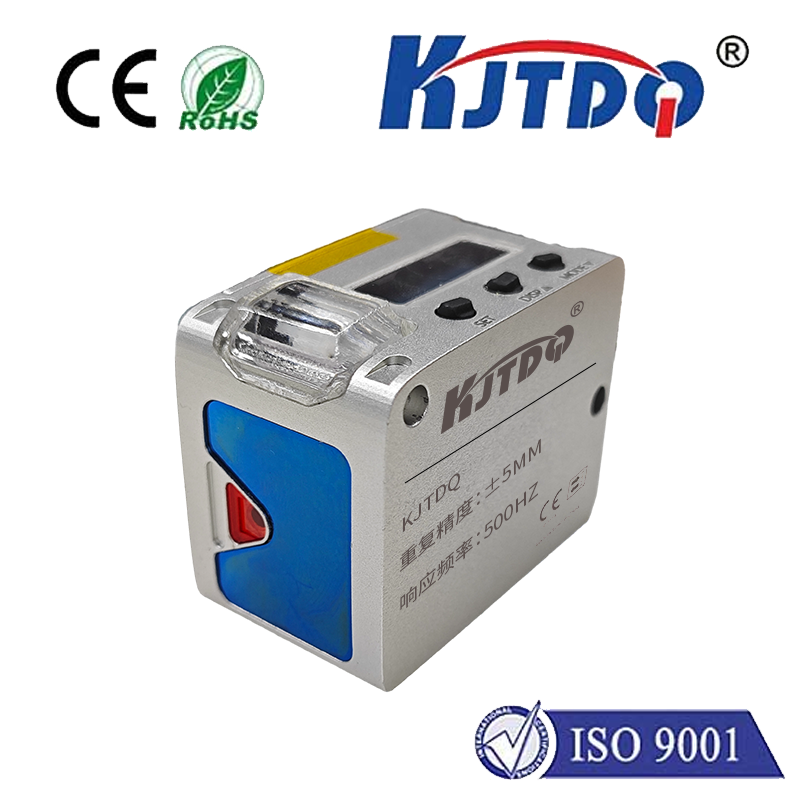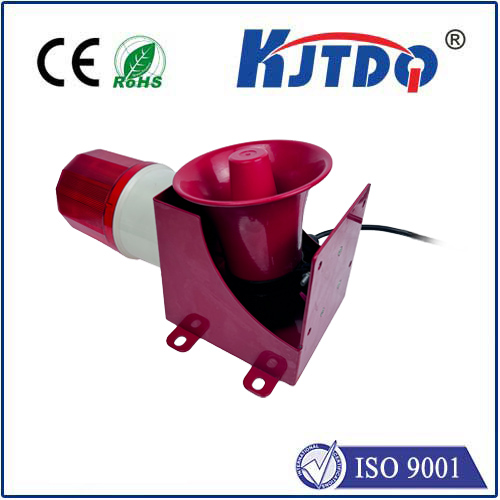
check

check

check

check

The Importance of Sensing Range in Proximity Sensors Proximity sensors are devices that use various technologies to detect the presence or absence of an object within a certain range. One crucial aspect of proximity sensors is their sensing range, which determines how far away an object can be detected. In this article, we will explore the significance of the sensing range in proximity sensors and its impact on their applications. Firstly, it is essential to understand what sensing range means in the context of proximity sensors. Sensing range refers to the distance from the sensor at which it can detect an object’s presence or absence. This range can vary depending on the type of proximity sensor, its design, and its intended application. For example, some proximity sensors have a sensing range of just a few centimeters, while others can detect objects several meters away. The sensing range of a proximity sensor plays a vital role in its performance and functionality. A longer sensing range allows the sensor to detect objects from a greater distance, which can be beneficial in certain applications such as security systems or automatic doors. On the other hand, a shorter sensing range may be more suitable for applications where precision is crucial, such as in manufacturing processes. Moreover, the sensing range of a proximity sensor also affects its sensitivity and accuracy. A sensor with a wider sensing range may be more prone to false positives or negatives due to interference from other sources, such as electromagnetic radiation or heat. Therefore, it is crucial to select a proximity sensor with an appropriate sensing range based on the specific requirements of the application. In addition to affecting performance and functionality, the sensing range of a proximity sensor also has an impact on its cost and complexity. Generally speaking, proximity sensors with longer sensing ranges are more expensive and complex than those with shorter sensing ranges. This is because they require more advanced technology and materials to achieve accurate detection over larger distances. In conclusion, the sensing range of a proximity sensor is a critical factor that determines its performance, functionality, sensitivity, accuracy, cost, and complexity. When selecting a proximity sensor for a particular application, it is essential to consider these factors carefully to ensure that the sensor meets the specific requirements of the task at hand. By understanding the significance of sensing range in proximity sensors, we can make more informed decisions when choosing the right sensor for our needs.
